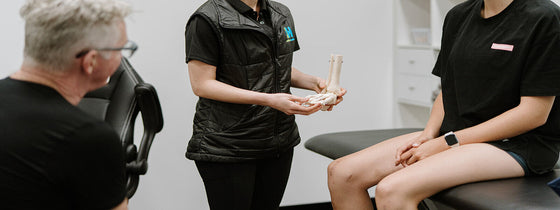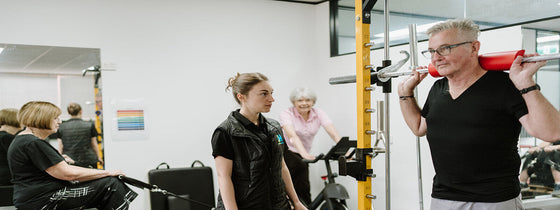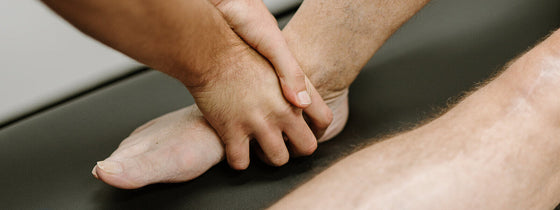Fractures are a common injury that can occur as a result of many reasons such as:
A fracture occurs when excessive stress or force is applied to a bone causing the breaking or snapping of that bone.
Fracture management is divided into two areas non-operative and operative management. Operative involves surgical management or closed reduction to realign the bone and hold it in position. No operative management involves the use of plaster or a moon boot to immobilise the bone and hold it in the ideal poison for healing to occur. The choice of management is dependent on the severity of the fracture, its cause and the goals for the patient.
Generally, when the non-operative options is chosen, fracture healing takes 6-8 weeks for
As Physiotherapist, we focus on 3 main phases of fracture management once a fracture is identified:
-Reduce: (usually done by a doctor or surgeon) – Place the fracture in an aligned position for ideal healing, this can be done via surgery or plaster
- Hold: Hold the fracture in this stable congruent position for healing, generally for around 6-8 weeks. Once again this can also be done through surgical pins or braces which may alter timeframes.
- Move: This is the part that primarily applies to physio. Once the cast is removed or the surgical site is healed it is important to move the injured site or limb but not overload it. A physiotherapist has the skills and ability to progressively load a patient through a program to improve joint ROM and improve the strength in a muscle or joint which may be stiff and weakened from the time spent in a cast for upwards of 6 weeks.
If you have sadly suffered a recent fracture to an arm, leg, wrist, ankle or a part of your spine, make sure you don’t skip the move phase of your rehabilitation. Book in with an OHL Physiotherapist to get back to your life, work, sport and/or hobbies with no lingering post-fracture symptoms. You can book online, via our website, or contact us on 9431 5955.

If you're experiencing back or neck pain with neurological signs and symptoms, a thorough neurological examination is crucial for accurate assessment and effective treatment. In this Optimal Tip learn more about what we mean by completing a neurological exam!

Squats, deadlifts, and calf raises are key movement patterns that should be part of every strength and conditioning program—regardless of age and activity level. These functional movements support joint health, improve posture and balance, and reduce the risk of injury while building strength where it matters most.

A ganglion cyst is a fluid-filled swelling that typically forms over a joint or tendon sheath, causing discomfort and pain, especially when pressing against nerves or joints. Proper assessment and treatment, including physiotherapy, are essential for managing symptoms and improving function in the presence of a ganglion in your hand, foot, or wrist.